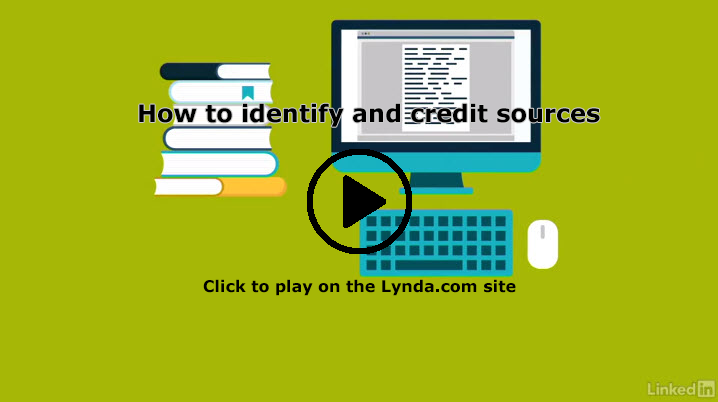Most people don’t want to receive bad news. Likewise, unless we’re talking about the Wicked Witch of the West, Voldemort, or Darth Vader, most people are uncomfortable when they have to give someone bad news. Continuing our focus on correspondence this week, today’s #FridayFact explains how to write a bad new message that gets the point across without alienating the reader.
Typically, bad news messages begin with some kind of “buffer” that cushions the negative information. This indirect approach allows you to break the news gently to your reader. There are times, however, when a more direct approach is appropriate, such as in an emergency situation or when the bad news is expected.
How to Organize a Paper: The Indirect Method (for Writing Bad News) includes a chart that outlines when to use an indirect approach to giving your readers bad news and when to use a more direct approach. The chart on the webpage tells you what to include in your message, whether it is direct or indirect. You’ll also find explanations of the information to provide in the different sections of your bad news message.



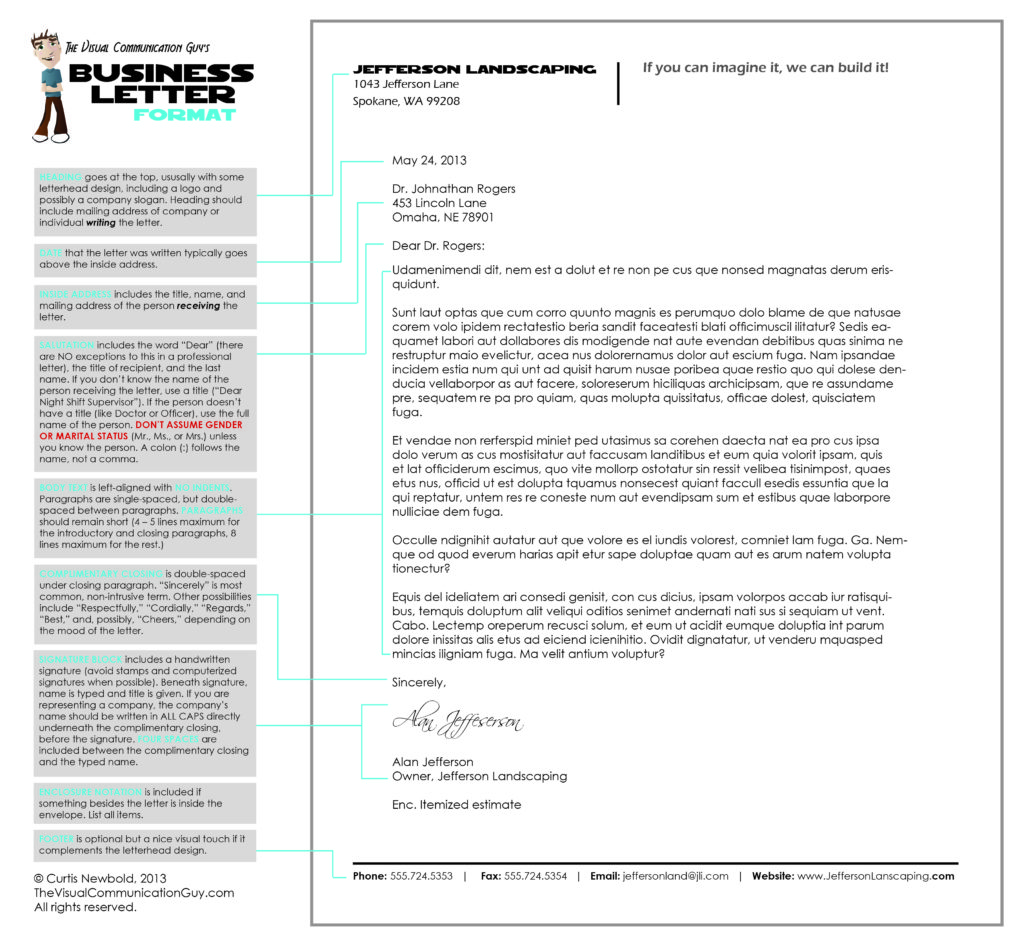
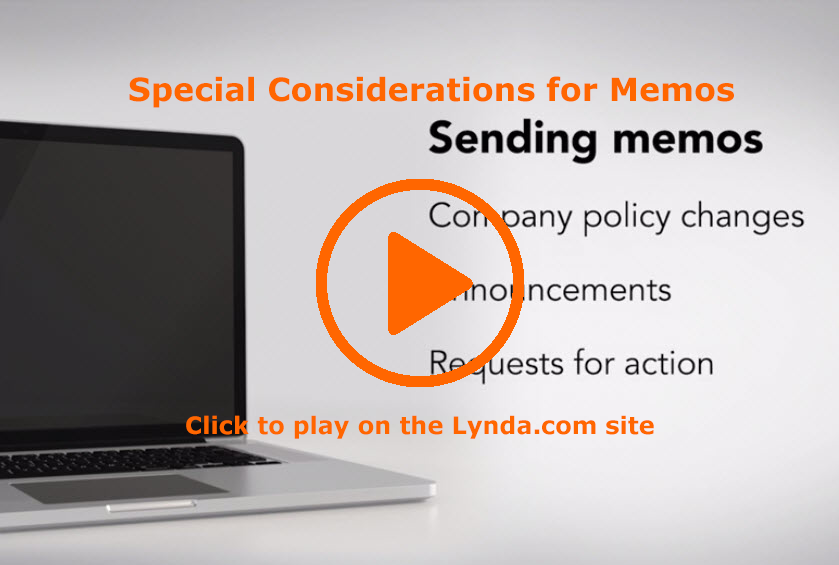
 This week you will continue working on your
This week you will continue working on your 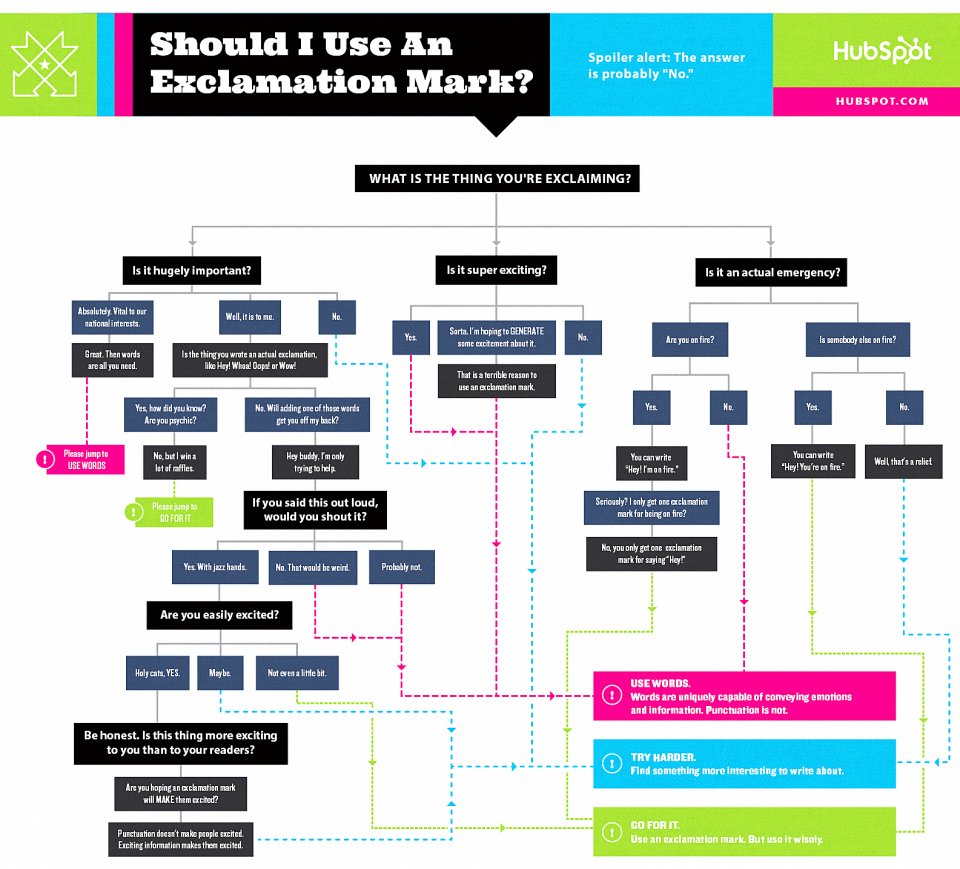

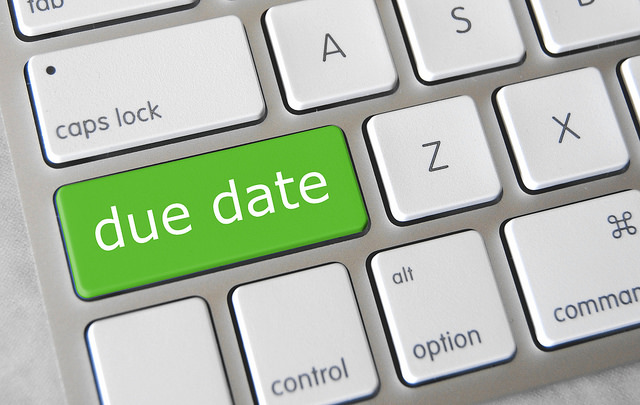 I want to share a short policy update. If you watch Canvas carefully, you may notice that some of the dates for Major Projects have (and will) change. If you don’t pay lots of attention to the minor details (which is fine), you can skip this info. Here’s what I’m doing to make the revision system work:
I want to share a short policy update. If you watch Canvas carefully, you may notice that some of the dates for Major Projects have (and will) change. If you don’t pay lots of attention to the minor details (which is fine), you can skip this info. Here’s what I’m doing to make the revision system work: 